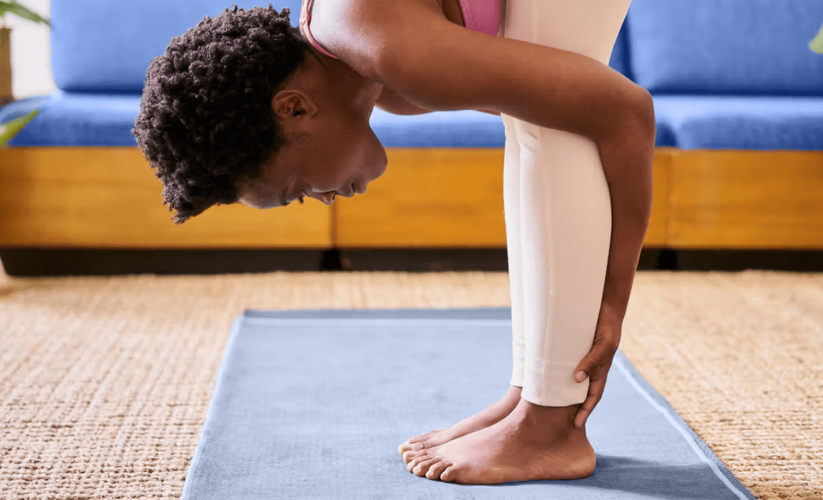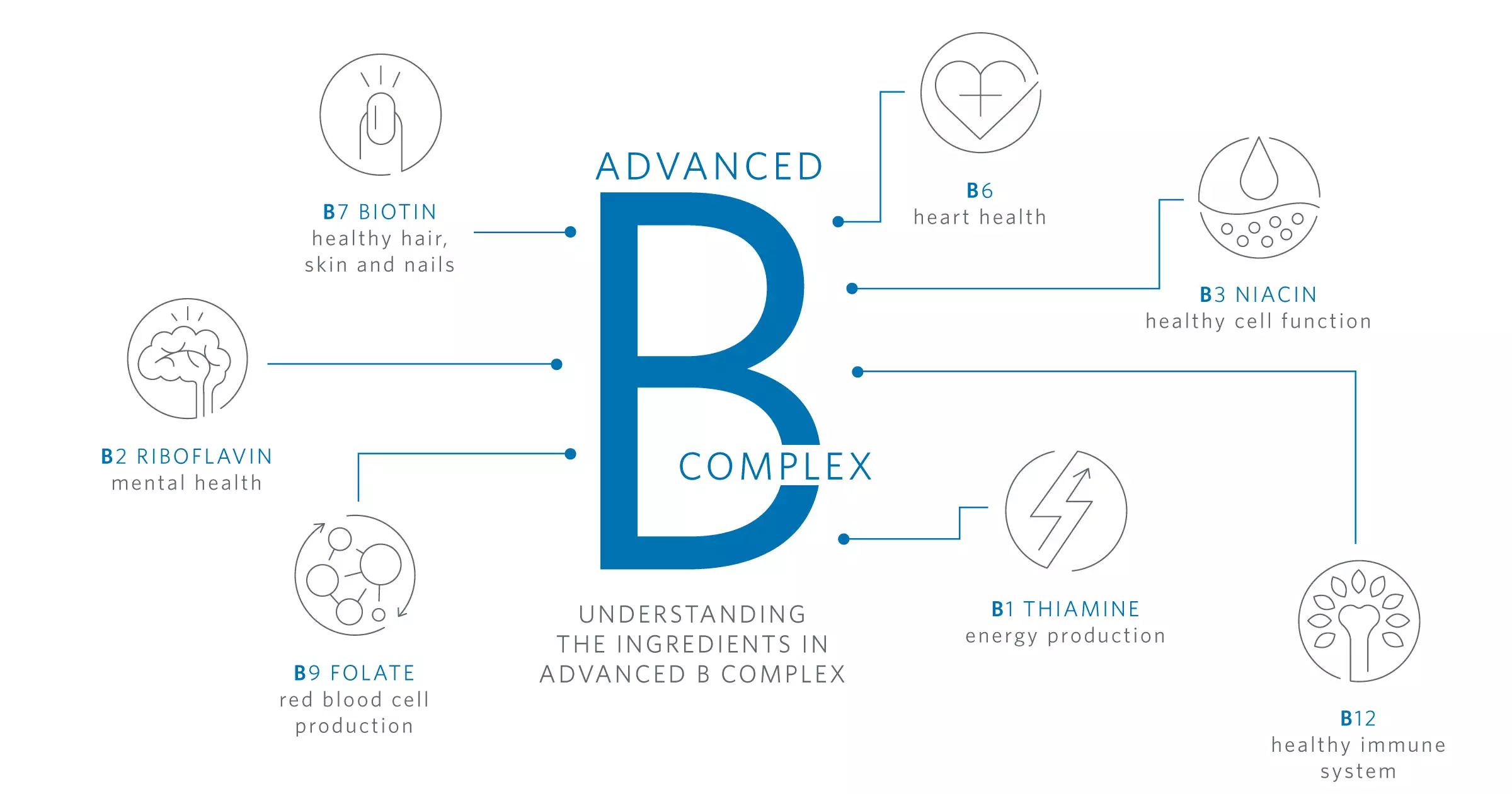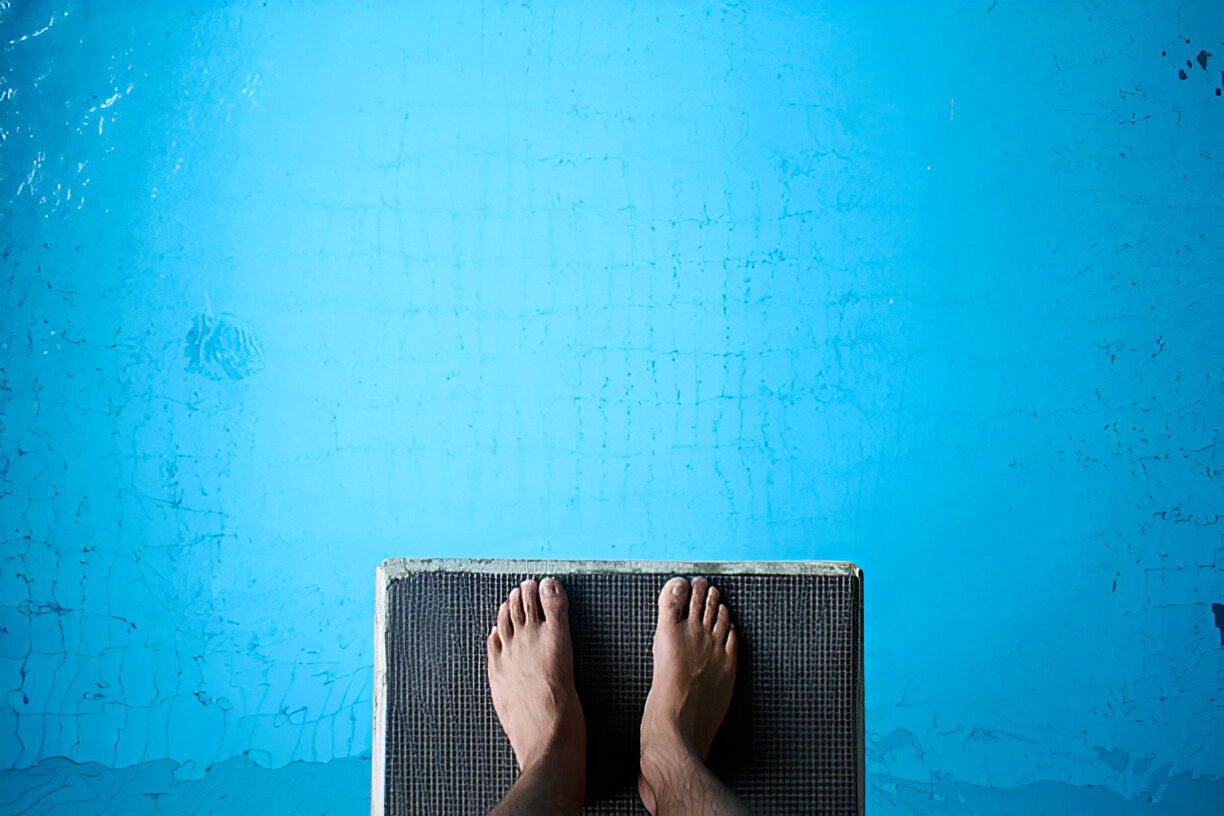
“Nope, just started walking,” she said. “I love it, and I've dropped 10 pounds.”
Frankly, I'd never considered walking real exercise. Then I saw a study in the Journal of the American Medical Association that reported how women can stave off extra midlife pounds by walking for an hour a day. After that, I spotted a Mayo Clinic article about how walking may be the perfect low-impact exercise: It burns calories and raises good cholesterol while lowering bad cholesterol and blood pressure.
Yet another study showed that walking briskly (3 to 3.9 mph) decreases the risk of breast cancer. At that speed, a 150-pound woman burns about 300 calories an hour. My new friend Maureen's toned physique was proof enough for me.
Taking Walking Seriously
Being somewhat type A, I decided to see if I could max out the positive benefits of walking and made an appointment with Jonathan FitzGordon, a yogi who's one of the country's two or three most respected walking teachers. Not only does he train athletes, but doctors and chiropractors also send him clients whose aches and pains stem from walking incorrectly.
His first question was, “How do you walk?” It felt a bit like thinking about how you breathe, but I said, “Short strides.” He replied, “Good!”
“OK, I would say that my front thighs are leading me,” I said.
“Not good.”
“My butt feels involved.”
“Not good, unless you're on a hill.”
“What does any of this have to do with walking fitness?” I asked. “Your body is like a car,” FitzGordon said. “Would you rather drive an old Dodge Dart or a Jaguar?” Good point.
Thinking About Posture
Apparently, for our bones and muscles to work properly, we're supposed to keep our spine aligned vertically. (That doesn't mean ramrod-straight; we're designed to curve naturally.) When we're out of alignment, we get blown-out knees, a sore lower back, heel spurs, and fallen arches.
I'd assumed I had straight posture before, but now I wasn't so sure. “You know the ‘Keep on Truckin' guy?” FitzGordon asked. “Well, that's how you and most people walk — legs too far out front, locking your knees.
“Look at your jeans seam,” he continued. Indeed, it was arching back at my hip. “That line should run perpendicular to the floor.” He ordered me to “fall” forward slightly and stick my butt out.
Doing so felt like a combination of Groucho Marx and J.Lo, but when I tried it during my hikes, my lower back stopped aching. I'd always assumed the pain was a result of yoga or age. Maybe the walking guru was onto something.
I called Lisa Kirsch, a chiropractor at Tribeca Chiropractic in New York City, to find out why we persist in walking in a way that hurts us. “Most people don't know their center of gravity may be off,” she said.
As for the heel-to-toe stuff? “Imagine hitting a golf ball without following through — all of the shock would go right back into your body,” she added. “Same with walking, if you don't push off with your toe when your other heel hits the ground.”
She pointed out that although FitzGordon did create his walking system , the same biomechanics are in her old orthopedics text from grad school. (Walking is sort of like nutrition 30 years ago: Doctors never mentioned it, and only a few health nuts cared about it.)
As I practiced the Jonathan walk — falling slightly forward, rolling from outer heel to big toe, right arm extending equally with left foot and then the opposite — I realized walking could be complicated but satisfying, too. My steps got shorter, and I now go about 4 mph, FitzGordon's preferred speed. And there is incredible pleasure in throwing my shoes on and hitting the road. I wave to Maureen as we pass each other along the way.
How-To: Walking for Fitness
1.
Walk tall. Draw your ribs slightly down and in, FitzGordon says. Lengthen your spine, keeping your head level and your eyes straight ahead.
2.
Take short, comfortable steps. Make contact with your outer heel and roll through your foot, pushing off with your big toe.
3.
No hand weights — they strain joints. For extra oomph, try the GoFit Weighted Walking Vest ($80;
target.com
), which adds up to 20 pounds.
4.
To boost cardio benefits, do speed intervals. On a scale of 1 to 10, with 1 being very little effort and 10 being your max, alternate 1 minute of walking at a 5 or 6 effort with 1 minute at an 8 or even 9. Repeat 10 times, then take a 5-minute cooldown.
5.
Bend your elbows at 90-degree angles. Your hands should swing as high as your chin and as far back as the side seams of your shorts.
6.
Be brisk. You should be able to talk in brief sentences, not chat on your cell, says Michele Olson, Ph.D., of Auburn University in Montgomery, Alabama.
7.
Increase intensity by heading uphill or cranking up the incline on a treadmill. Olson recommends a zero grade at 4 mph for 2 minutes, then a 5 percent to 7 percent grade for 1 minute, alternating 10 times.
More Walking Routines






















